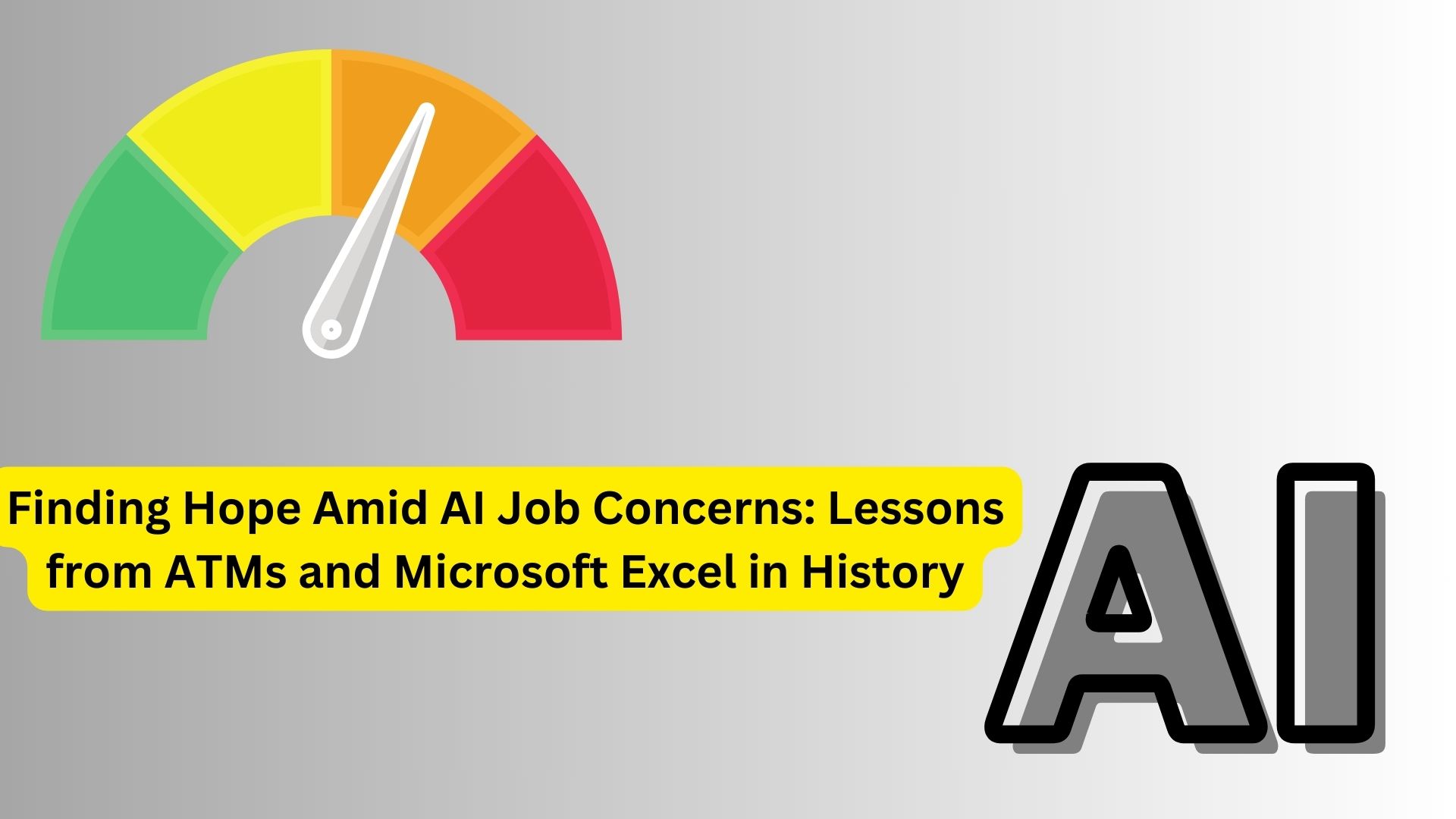
In a time when concerns about the potential impact of AI (artificial intelligence) on job security are intensifying, there is a ray of hope. Looking back at historical examples of innovation, such as ATMs and the introduction of Microsoft Excel, provides a reassuring perspective for the workforce.
Throughout history, technology has consistently reshaped the nature of work and influenced the job market. In a recent comprehensive research report, the prominent financial institution Morgan Stanley compared the rise of AI with past periods of technological advancement. The findings of this analysis offer reasons for optimism, suggesting that technology can be a source of hope for employment.
Let’s take the history of spreadsheets as an example. Spreadsheets first emerged in the late 1970s, and their adoption for bookkeeping purposes gained momentum with the introduction of Microsoft Excel in 1985.
According to Morgan Stanley, here is the impact on jobs: “As the use of this technology rapidly increased in the 1980s, particularly after the introduction of Microsoft Excel in 1987, we observed a decrease in the number of Americans working as bookkeepers and accounting/auditing clerks (reducing from approximately 2 million in 1987 to just above 1.5 million by 2000). However, we also noticed a significant increase in the employment of Americans as accountants/auditors (rising from about 1.3 million in 1987 to approximately 1.5 million in 2000) and management analysts & financial managers (increasing from roughly 0.6 million in 1987 to approximately 1.5 million in 2000),” as reported by Business Insider.
Also Read
Enhancing Online Security: Google Introduces Passkeys for Safer Logins and Explains How They Work
In other words, any decline in one type of job was more than offset by the creation of new, related job opportunities. This historical pattern suggests that technology, rather than causing widespread job displacement, has the potential to reshape and redefine the job market, ultimately contributing to its dynamism.
